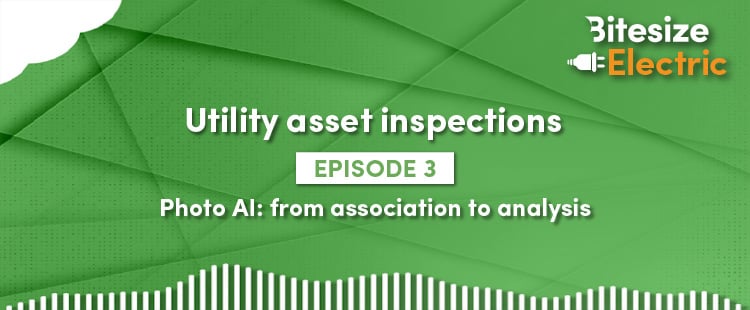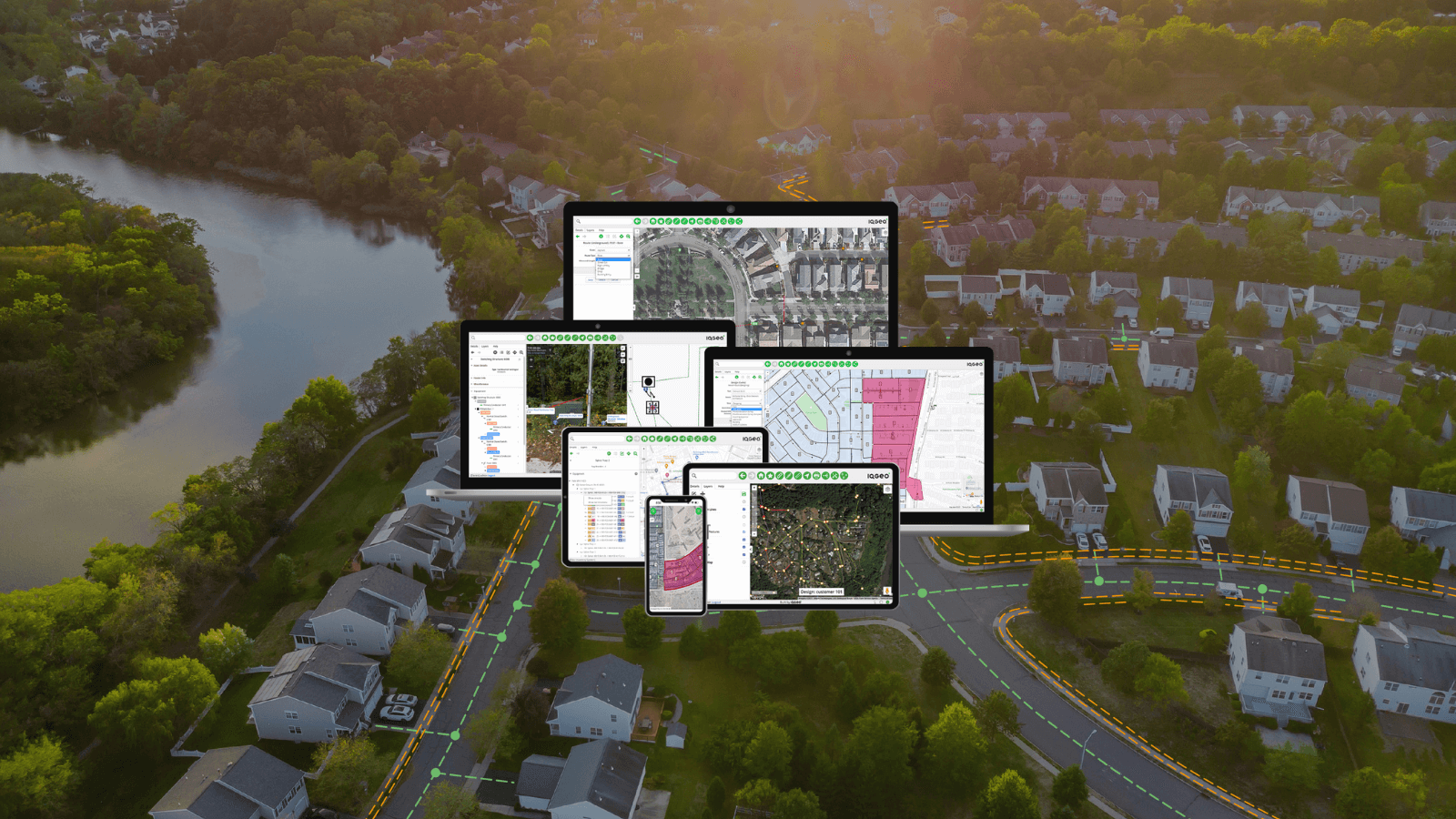Bitesize Electric - Digital as-built | Episode 2: Overcoming reliance on GIS
Welcome to Bitesize Electric, the podcast where we break down the biggest challenges and best practices shaping the future of electric networks, one bite at a time.
In this Episode, Brandon Curkan, Customer Success Manager is joined by Matt Roberts, Utilities Director, to discuss the challenge of performing as-builts without accurate spatial data.
Let’s dive in…
Bitesize Electric: Digital as-built | Episode 2 transcript
Brandon Curkan:
Hello and welcome to Bitesize Electric, the podcast where we break down the biggest challenges and best practices shaping the future of electric networks, one bite at a time. I'm your host, Brandon Curkan, and we are working through a five-part series on digital as-builts. My guest for this series is Matt Roberts, Director of Utility Solutions for IQGeo.
In this series, we'll explore the challenges that utilities face during as-built workflows, the impact of these challenges pose to utilities, and what these utilities can do to improve their as-built workflows.

|

|
|
Brandon Curkan Customer Success Manager, IQGeo |
Matt Roberts Director of Utility Solutions, IQGeo |
Brandon Curkan:
Today we are on part two of a five part series on digital as-builts. In this part of the series, we'll talk about challenges presented to field teams when capturing as-builts without accurate asset location contents and how this lack of geospatial data prevents them from executing their work effectively. I'm joined again by Matt Roberts, Director of Utility Solutions for IQGeo. Welcome, Matt.
Matt Roberts:
Glad to be back.
Brandon Curkan:
So, Matt, let's start with how field users use the GIS during the as-built process. Are there common issues or limitations that result from depending on the GIS that you've experienced?
Matt Roberts:
Certainly. So if you think about the GIS data and how GIS data has been entered, for decades at this point, is typically the assets in the GIS are drawn in the incorrect place. And for good reason at the time of entry of your plotting the real world onto a two dimensional, you know, a map, a construction print. So therefore you've got to do offsets.
But as we've seen going forward with the as-builting process is, if you're continuing to build off of those incorrect, call it take off points, the data that you are putting back into your GIS is still in the incorrect spot. Because, you know you're taking off from that offset pole, you're taking off from that offset transformer. And we're seeing more and more applications and more and more user feedback being that we want things drawn in the correct spot, and especially for the as-built piece, we want to be informed of the correct spot that that asset was actually installed on or constructed in.
Brandon Curkan:
So would you say that the main issue then for depending on the GIS for as-builts are the delays resulting from these inaccurate asset locations, or are there other factors originating from the use of the GIS that slow down the as-built process?
Matt Roberts:
So often, what's slowing down the as-built process? And that's a that's a good question is not always the inaccuracy in locations, but the way in which the as-built data is being received by the GIS. So, if you walk into a utility, you see all sorts of different ways GIS data and as-builts are getting posted. But I'd still say even in 2025, the most common way as-built data is getting posted back into the GIS is a physical piece of paper construction print with lines, all sorts of pin colours, depending on the utility standards that ultimately sits on a GIS tech or posters desk and manually gets redrawn inside the GIS.
Brandon Curkan:
Yeah, that makes sense. And that ties back to our first episode where we talked a bit about the challenges with paper processes for the as-builts, so that really does tie that together. Given that the process of as-builting by nature happens in the field, are there any challenges specific to field usability that you're hearing from utilities?
Matt Roberts:
So the biggest challenge we hear from utilities on field usability is really a lack thereof field usability in the sense of most of these utilities are being given a given their construction crews a piece of paper which creates that problem I alluded to, or the tools that they are being given are so generic and not purpose built for utility as-builts that they just lack the user confidence, user support and ultimately acceptance. And oftentimes they just go wayside.
Brandon Curkan:
Great. Well, thank you very much for the insights as always, Matt. We'll continue this conversation in the third part of our series where we talk about app fatigue resulting from multiple applications that field teams need to rely on during as-built process.
Coming up next: Episode 3 - App fatigue during the as-built process
Tune in to the third episode of the Bitesize Electric digital as-built series, host Brandon Curkan, will discuss app fatigue during the as-built process, which stems from the number of applications field teams have to depend on.

Digital as-built capture best practice guide
If you’re struggling with an as-built backlog at your utility, download our best practice guide that outlines the processes that IQGeo has developed in partnership with major utilities to streamline the as-built process.
Similar articles:


 Previous
Previous







